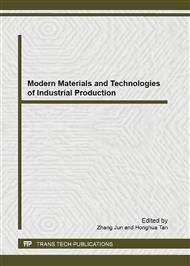p.375
p.380
p.388
p.394
p.401
p.407
p.413
p.417
p.422
Time Series Analysis and Data Prediction of Large Databases: An Application to Electricity Demand Prediction
Abstract:
We evaluate statistical and machine learning methods for half-hourly 1-step-ahead electricity demand prediction using Australian electricity data. We show that the machine learning methods that use autocorrelation feature selection and BackPropagation Neural Networks, Linear Regression as prediction algorithms outperform the statistical methods Exponential Smoothing and also a number of baselines. We analyze the effect of day time on the prediction error and show that there are time-intervals associated with higher and lower errors and that the prediction methods also differ in their accuracy during the different time intervals. This analysis provides the foundation for construction a hybrid prediction model that achieved lower prediction error. We also show that an RBF neural network trained by genetic algorithm can achieved better prediction results than classic one. The aspect of increased transparency of networks through genetic evolution development features and granular computation is another essential topic promoted by knowledge discovery in large databases.
Info:
Periodical:
Pages:
401-406
Citation:
Online since:
September 2013
Authors:
Price:
Сopyright:
© 2013 Trans Tech Publications Ltd. All Rights Reserved
Share:
Citation:


